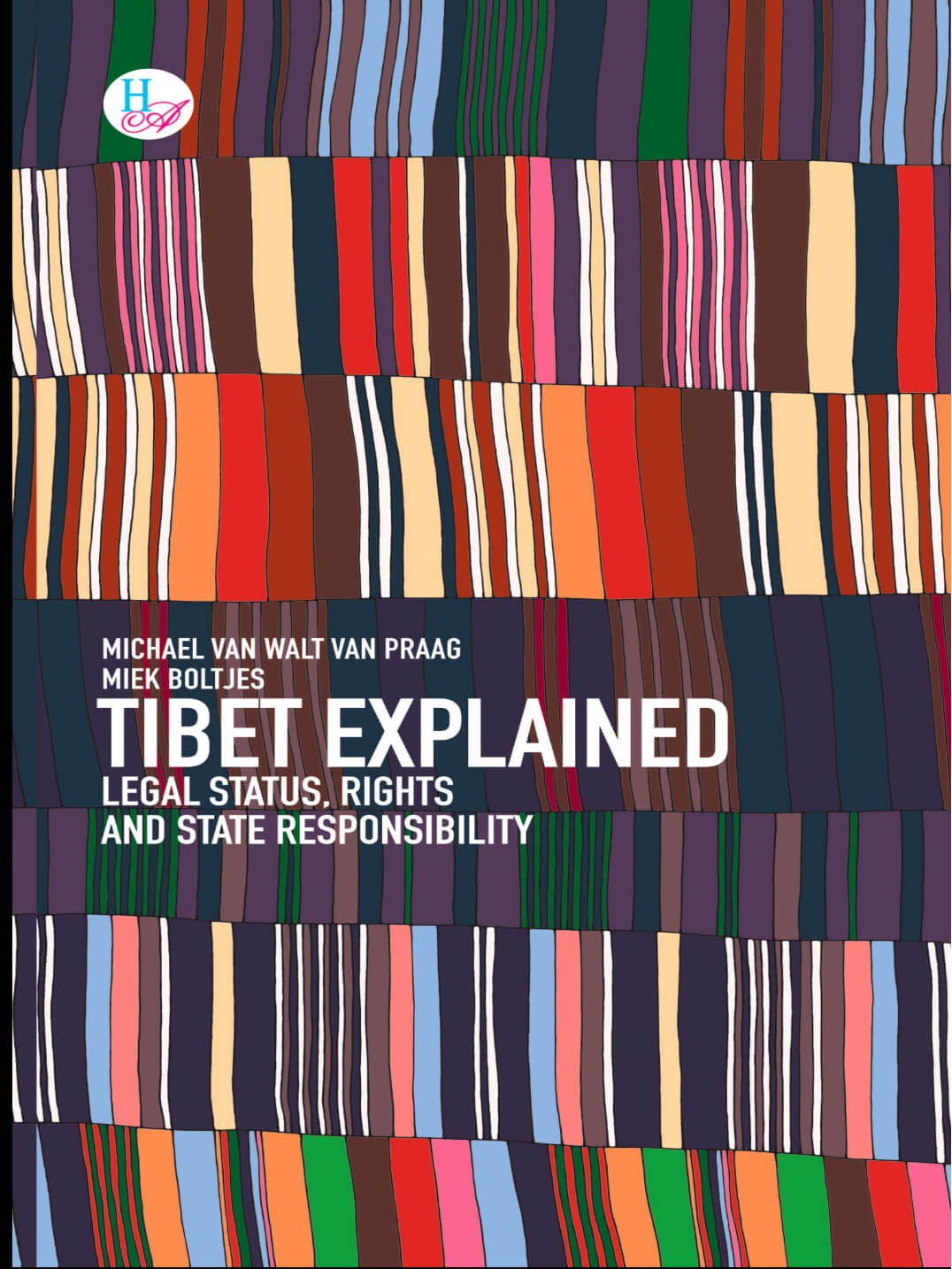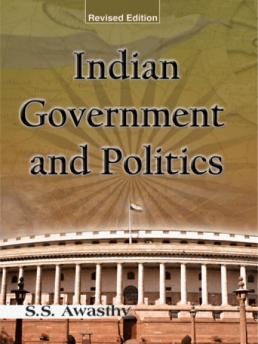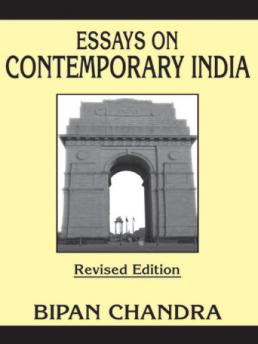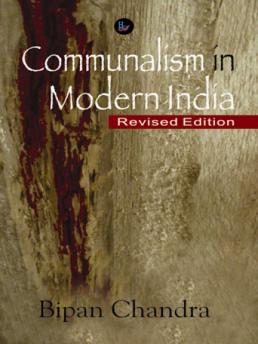Har-Anand Publications
Home
History and Politics
Tibet Explained: Legal Status, Rights and State Responsibility


Tibet Explained: Legal Status, Rights and State Responsibility
If you thought China’s incorporation of Tibet is water under the bridge, think again. Tibet Explained is a wakeup call for governments to rethink their stance on Tibet, as their current policies enable Chinese hegemonistic behavior in the region. “China has occupied Tibet against the will of the Tibetan people for nearly three generations now. Its sovereignty claim to Tibet has no legal basis and rests solely on a self-serving historical narrative. This narrative is Sino-centric, part inaccurate and part misleading. But it is so persistently and forcefully pushed by Beijing, that the world has gradually bought into it and today largely treats Tibet as China’s internal affair, beyond its purview. We have become passive bystanders to an unfolding tragedy and as a result of our governments’ appeasement on Tibet, China has become an entitled bully, aggressively pursuing strategic territorial expansion elsewhere.” Michael van Walt van Praag (FNA Webinar ‘Tibet in Sino-Indian Relations,’ Sep. 22, 2020). Devoid of the self-censorship often encountered in works on Tibet and China, the authors of Tibet Explained meticulously debunk Being’s historical narrative and convincingly demonstrate that: * Tibet was historically never a part of China; *The PRC has not acquired sovereignty over Tibet since seizing the country; * Tibetans are wrongfully denied the exercise of their right to self-determination; and *the international community is failing in its legal obligations and responsibility to help end the Sino-Tibetan conflict. Tibet Explained is a call to action, to course-correct. The result of ten years of collaborative research, and benefiting from the authors’ intimate understanding of the Sino-Tibetan conflict and efforts to resolve it, it is a must-read and indispensable reference for policymakers, civil society advocates and Asia specialists.
Read MoreAvailability : In Stock
ISBN : 978-81-964039-8-0
Description
If you thought China’s incorporation of Tibet is water under the bridge, think again. Tibet Explained is a wakeup call for governments to rethink their stance on Tibet, as their current policies enable Chinese hegemonistic behavior in the region. “China has occupied Tibet against the will of the Tibetan people for nearly three generations now. Its sovereignty claim to Tibet has no legal basis and rests solely on a self-serving historical narrative. This narrative is Sino-centric, part inaccurate and part misleading. But it is so persistently and forcefully pushed by Beijing, that the world has gradually bought into it and today largely treats Tibet as China’s internal affair, beyond its purview. We have become passive bystanders to an unfolding tragedy and as a result of our governments’ appeasement on Tibet, China has become an entitled bully, aggressively pursuing strategic territorial expansion elsewhere.” Michael van Walt van Praag (FNA Webinar ‘Tibet in Sino-Indian Relations,’ Sep. 22, 2020). Devoid of the self-censorship often encountered in works on Tibet and China, the authors of Tibet Explained meticulously debunk Being’s historical narrative and convincingly demonstrate that: * Tibet was historically never a part of China; *The PRC has not acquired sovereignty over Tibet since seizing the country; * Tibetans are wrongfully denied the exercise of their right to self-determination; and *the international community is failing in its legal obligations and responsibility to help end the Sino-Tibetan conflict. Tibet Explained is a call to action, to course-correct. The result of ten years of collaborative research, and benefiting from the authors’ intimate understanding of the Sino-Tibetan conflict and efforts to resolve it, it is a must-read and indispensable reference for policymakers, civil society advocates and Asia specialists.
Author
Michael Van Walt Van Praag and Miek Boltjes Michael van Walt van Praag and Miek Boltjes are specialists in intrastate conflict and international law, whose behind-the-scenes diplomacy and mediation have won the confidence and praise of governments and self-determination movements alike. Other ground-braking books by the authors include Sacred Mandates; Asian International Relations since Chinggis Khan (Chicago University Press 2018, co-authored with Timothy Brook), Implementing Negotiated Agreements; The Real Challenge to Intrastate Peace (Asser Press 2007), and The Status of Tibet: History, Rights and Prospects in International Law (Westview 1987).
Book Details |
|
|---|---|
| Author | Michael Van Walt Van Praag and Miek Boltjes |
| ISBN | 978-81-964039-8-0 |
| Subject | History and Politics |
| Number of Pages | 324 |
| Weight | 464 |
| Publisher | HAR-ANAND PUBLICATIONS PVT LTD |
| Publication Year | 2025 |
| Language | English |
| Binding | Hardback |








